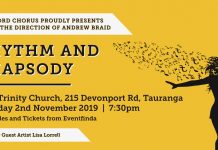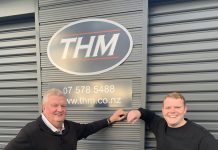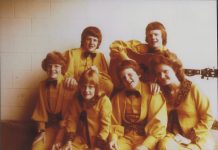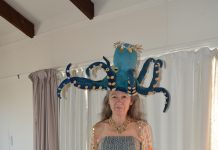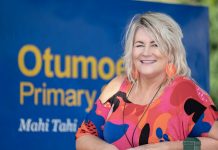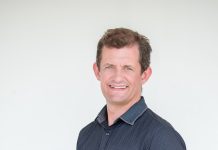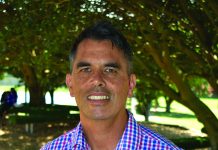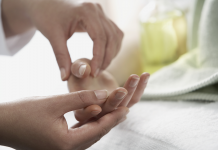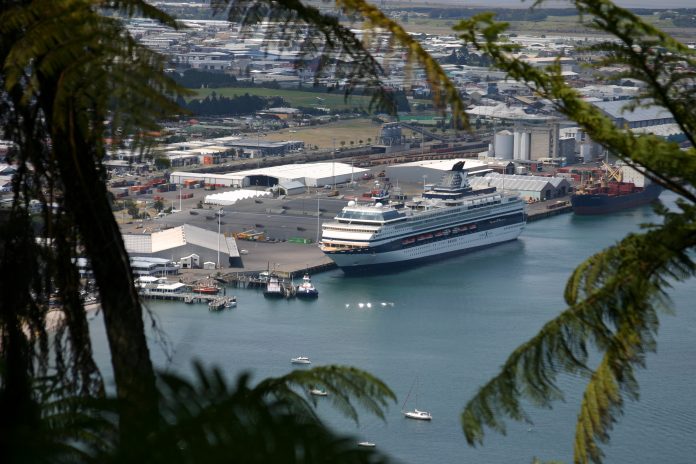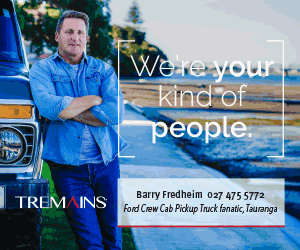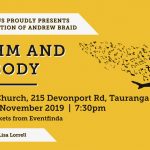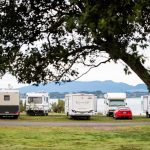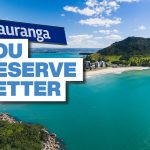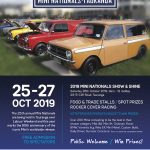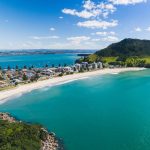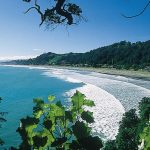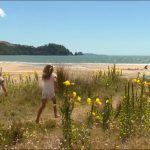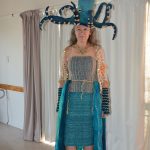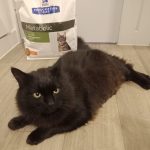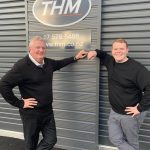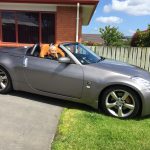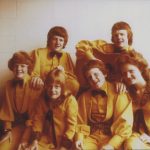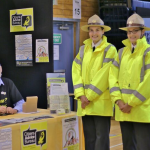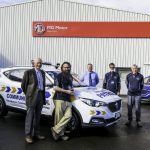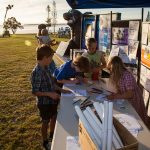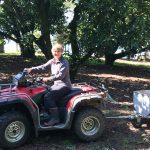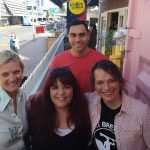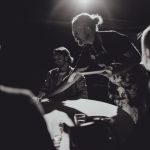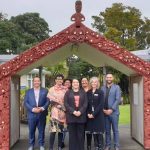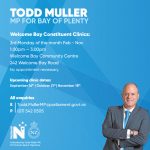When goals are not well defined, they will not be achieved.
Worse still, some people will then claim they did not fail to achieve them.
Few City Councillors clearly stated their goals to the electorate prior to the 2016 local body elections.
The people were too often told ‘vote for me, I’ll listen to you’. This is nonsense. It would be an inefficient and undemocratic system. Yet these people were elected.
Tauranga has eleven councillors including a mayor.
Decisions are often reached by the narrowest of voting margins. If Councillors always acted for the common good of the community, why is there such division?
Q&A Session Outcomes
To understand the thoughts of some of our Councillors we spoke recently to two prominent councillors, Deputy Mayor Kelvin Clout, and Chairman of City Transformation Committee Larry Baldock over a drink at Trinity Wharf.
Here are some of our questions and their responses (abridged from the recorded meeting conversation):
Q: Tauranga is one of only 3 councils in NZ who do not provide recycling for plastic types 3 to 7, which includes things like margarine pots. Why is that?
A: “We are reviewing our waste collection and recycling service. I’m not sure about the 3 to 7’s. I have long been an advocate for better recycling.”
Q: Bay Venues operate Council venues but has recently entered into competition with some of its own clients at Baypark Arena by becoming promoters of international concerts, a business in which few, with much experience, are financially successful. Bay Venues has recently purchased international attractions ‘Merchants of Bollywood’ and ‘Dionne Warwick’ .and presented these at Baypark Arena. Industry insiders believe we took a bath financially. Bay Venues refuses to answer questions about the possible loss. This little flutter with our money cannot be considered to be of community value. Do you think it is appropriate for your staff to be using ratepayer funds in this way?
A: “I don’t know about making or losing money, but if the venue is not otherwise being used, why not? If they burnt big money, we would like to know about it.”
Q: Log volumes into the Port will double in
A: “We are expecting more logs to go by rail. We need to get our transport network finalised. We need to see completion of the strategic roading network, ring road, and public transport within 5 years. People need to be able to get on and off public transport on the ring road to get to wherever they want to go by public transport. NZTA has not been engaged with SmartGrowth, and that is being resolved, we are making progress. There was a meeting with NZTA today and you will be see that we have been working very hard when soon to be made announcements are made.” (Nothing as yet)
Q: BOP Regional Council own 51% of the Port and so half of its profits are returned to the community. The other half goes to its private shareholders. The Port has been very successful financially, deriving its revenue indirectly from local importers and exporters, and some slightly further afield. The Port through its location, also brings many adverse effects. Relative to cities like Hamilton which do not have ports, do we have much to show here from the communities share of these profits?
A: “The Port is a success story. T.C.C. submitted to the Regional Council’s long term plan, and asked that they invest more into our roading network, but they turned us down.”
Q: T.C.C. plans to create 22,600 new dwelling sites in
A: “The general public
Q: Reports from Government Department ‘GNS’ indicate a significant risk from
A: “I have not seen that report. We wouldn’t be developing it if there was a risk. We have an obligation to address all of the natural hazard risks at a high level. There will be no inconsistency between
Q: Carrus Corp is said to have sold a large tract of rural land to T.C.C. and WBOPDC a few years ago in order that it be held as a potential site for Tauranga’s urban growth and is now a major component of the proposed urban development (7,700 dwellings) at Te Tumu. Carrus has a ‘buy back’ option over this land, which one would expect to be exercised if the land was zoned medium and
A: “T.C.C. and WBOPDC purchased this land from Carrus to prevent
Q: Tauranga is currently the most car-dependent city in N.Z. Together with trucks, these are the major contributors to the high levels of air pollution in our city. How is Tauranga going to achieve carbon emissions equal to those of 2010 by 2030, and net zero by 2050?
A: “Our air quality and water quality are Regional Council issues but our air quality, and water quality is excellent. I accept there are serious issues around the Port.”
By Peter McArthur – “I write for Bay Waka to highlight issues that should concern the community.”



